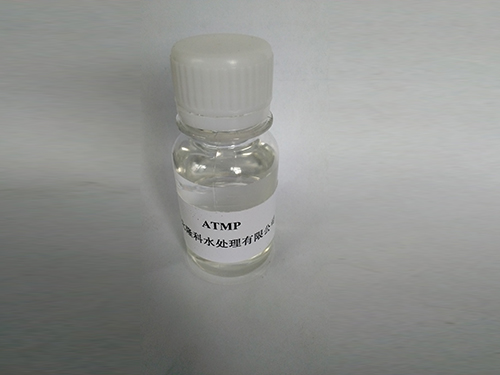nonionic polyacrylamide
Nonionic Polyacrylamide An Overview
Nonionic polyacrylamide (NPAM) is a versatile synthetic polymer that is widely used in various industrial applications due to its unique properties. This article explores the chemical structure, synthesis, properties, and applications of nonionic polyacrylamide, along with an examination of its benefits and limitations.
Chemical Structure and Synthesis
Nonionic polyacrylamide is a polymer derived from the acrylamide monomer. Its structure consists of long chains of acrylamide units, which confer a significant level of water solubility. Unlike ionic polyacrylamides, nonionic versions do not carry a net charge, which results in different solubility and interaction characteristics with other substances in solution.
The synthesis of nonionic polyacrylamide typically involves the polymerization of acrylamide monomers in the presence of a nonionic initiator. This process is carried out under controlled conditions to ensure that the polymer's molecular weight, structure, and viscosity are suitable for its intended applications. The use of nonionic surfactants during the synthesis can further enhance the polymer's properties.
Properties of Nonionic Polyacrylamide
Nonionic polyacrylamide possesses several key properties that make it suitable for a wide range of applications
. These properties include1. Hydrophilicity NPAM is highly soluble in water, which makes it ideal for applications where interaction with water is essential. 2. Viscosity Modulation Nonionic polyacrylamide can increase the viscosity of aqueous solutions, making it useful in formulations that require thickening agents.
3. Flocculation NPAM has excellent flocculating properties, allowing it to encourage the aggregation of particles in suspension, which is invaluable in water treatment processes.
4. Thermal Stability NPAM is stable over a wide range of temperatures, making it suitable for use in different environmental conditions.
5. Biocompatibility Due to its nonionic nature, NPAM is often more biocompatible compared to its ionic counterparts, which is beneficial for applications in biotechnology and pharmaceuticals.
nonionic polyacrylamide

Applications
The applications of nonionic polyacrylamide span various industries, including
1. Water Treatment One of the primary uses of NPAM is in municipal and industrial water treatment processes. Its flocculation properties allow for the effective removal of suspended solids, making it an essential component in clarifying water.
2. Agriculture NPAM is employed in soil stabilization and erosion control. By enhancing water retention in soil, it contributes to improved crop growth and reduced irrigation needs.
3. Mining In the mining sector, NPAM is used for mineral processing to aid in the recovery of valuable minerals and the treatment of wastewater, reducing the environmental impact of mining activities.
4. Paper and Pulp Industry NPAM serves as a retention and drainage aid in paper manufacturing, improving the efficiency of the production process and enhancing the quality of the final product.
5. Pharmaceuticals and Biotechnology Its biocompatibility allows NPAM to be used in drug delivery systems, tissue engineering, and various cosmetic formulations.
Benefits and Limitations
The benefits of nonionic polyacrylamide include its effective performance in a variety of applications, ease of use, and low toxicity, making it a favorable choice for many industries. However, there are some limitations to consider. For instance, the polymer's performance can be affected by factors such as pH, temperature, and the presence of other ions in solution. Additionally, while NPAM is generally considered safe, concerns related to the handling of acrylamide, a neurotoxin, have prompted a thorough assessment of safety measures.
Conclusion
Nonionic polyacrylamide is a multifunctional polymer that plays a critical role in various applications across multiple industries. Its unique properties make it an indispensable tool in water treatment, agriculture, mining, and more. As research continues to unveil new methods of synthesis and additional applications, the relevance of NPAM is likely to expand, solidifying its status as a vital material in modern industrial processes.
-
Water Treatment with Flocculant Water TreatmentNewsJun.12,2025
-
Polymaleic AnhydrideNewsJun.12,2025
-
Polyaspartic AcidNewsJun.12,2025
-
Enhance Industrial Processes with IsothiazolinonesNewsJun.12,2025
-
Enhance Industrial Processes with PBTCA SolutionsNewsJun.12,2025
-
Dodecyldimethylbenzylammonium Chloride SolutionsNewsJun.12,2025





